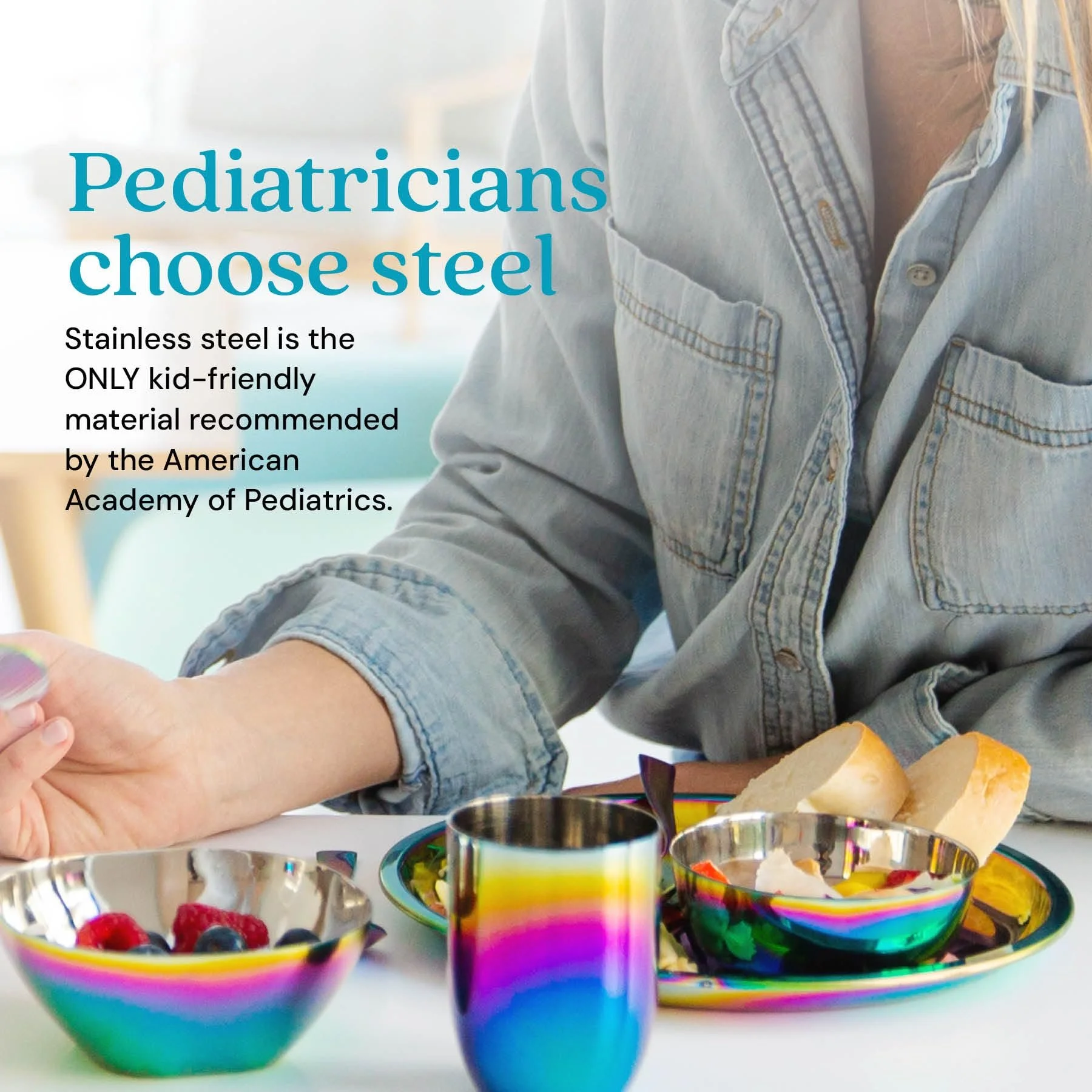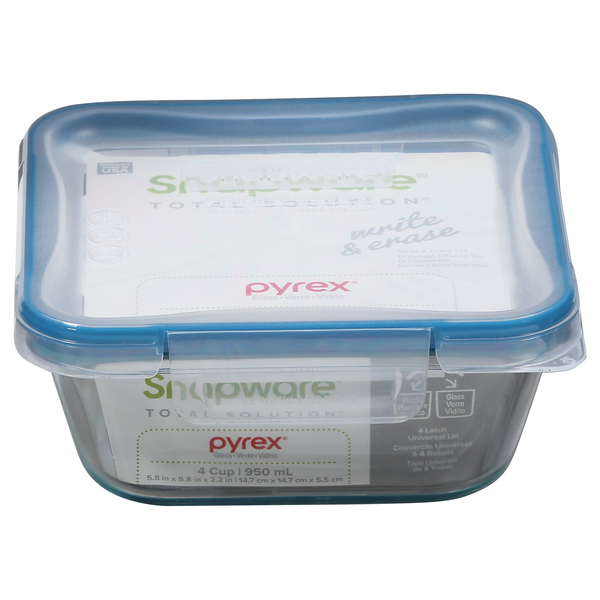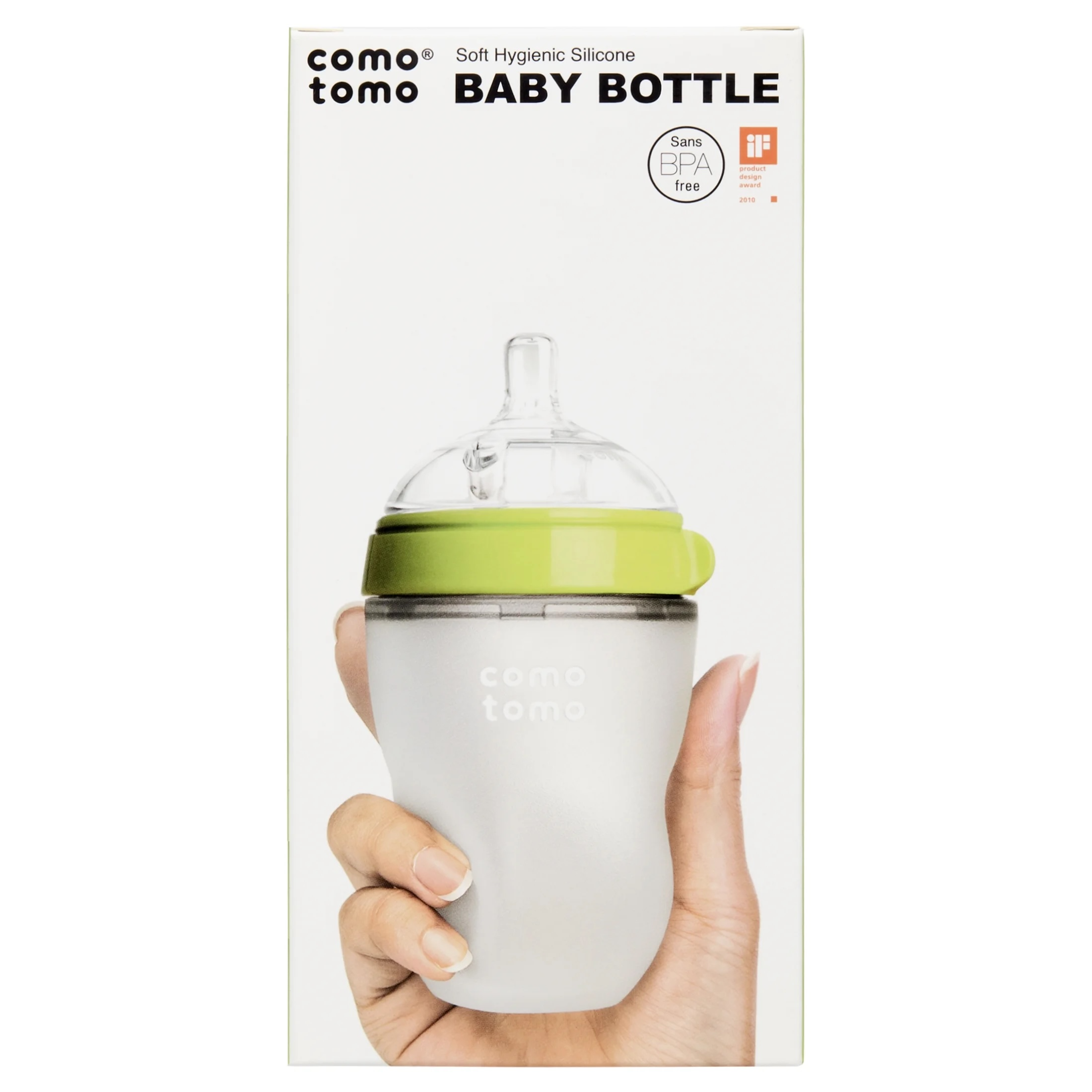
Foodware and Non-Toxic Food Gear
I became deeply interested in this topic after reading Boys Adrift by Leonard Sax. In fact I went deep down the rabbit hole. As an aside I highly recommend all his books, including Girls on the Edge and The Collapse of Parenting. Sax is both an MD and PhD, and he brings a refreshingly grounded, common-sense perspective to the problems facing kids today.
One of the things I’ve become increasingly concerned about is our exposure to plastics — especially microplastics — and the chemical additives that often come with them, like BPA and PFAS. The more I’ve read, the more disturbed I’ve become. These substances are neuroendocrine disruptors, and while we’re only beginning to understand the long-term effects, some of the early research is deeply troubling. Combine all this with growing evidence about hormone imbalances and developmental issues in kids, and it feels like we’re playing Russian roulette with our health and our children’s futures.
I’ll admit: I went full Mark Ruffalo in Dark Waters on my kitchen. I started looking at everything through the lens of “How do I reduce exposure here?” And the reality is — you can’t eliminate plastic entirely. It’s everywhere. But you can significantly reduce your exposure by making smarter choices, especially with food, drink, and heat.
Research Time: 25+ hours
Top Choices
Water Bottles: Yeti Rambler Jr
Foodware: Ahisma- Plates, Bowls, Trays, Cups, Full Sets
Cups: Silipint, they also have good Bowls
Food Storage: Snapware
Baby Gear
Bottles: Comotomo
Foodware: Ahisma- Plates, Bowls, Trays
As you know, when you buy through our links, we may earn a commission, that is what makes this blog work. Also, we donate money to our preferred charities that are focused on helping kids. I see it as a win/win/win and hope you do as well.
Cups
Silipint silicone cups are fantastic—they’ve actually become one of my go-to drinkware options for serving cocktails to friends. Silicone itself is a pretty incredible material. It’s made from just four elements: oxygen, carbon, hydrogen, and silicon. It can withstand extreme temperatures—from -58°F all the way up to 450°F.
While you technically can put a Silipint in the oven (though, let’s be honest—why would you?), you can boil water in it, microwave it, freeze it, and run it through the dishwasher without any issues. It’s flexible, lightweight, durable, and packable—basically the Swiss Army knife of cups.
Silipint uses FDA-approved, 100% food-grade silicone that’s free of BPS, PVC, lead, latex, phthalates, nitrosamines, formaldehyde, and other toxins found in petroleum-based plastics. They're made in the U.S.—right in Indiana—and their customer service is solid
Water Bottles
YETI is an exceptional company. Their products are built to last—virtually indestructible. They remind me of the kind of brand that does things the right way—not because it’s easy or cheap, but because that’s just their standard. I’ve never been disappointed with a YETI purchase, and that’s exactly why the Rambler Jr. is my top pick.
It’s made with minimal plastic, is dishwasher safe, and can be used with or without the straw. (My kids prefer it without, which conveniently eliminates the hassle of cleaning straws.)
Honestly, I don’t even have a second choice here—this one’s just the best.
Food and Dinnerware
When it comes to plates and bowls, the main decision is between stainless steel, glass, or porcelain. While glass and porcelain look great, they’re not exactly kid-friendly—especially when little hands are prone to dropping, throwing, or finding new ways to break things. My kids basically operate as agents of entropy, even when they’re trying to behave. That’s why I prefer stainless steel.
Ahimsa is a brand I really like—it was founded by a pediatrician who shared the same concerns I mentioned earlier about plastic exposure. Their products are backed by multiple certifications, and they’re thoughtfully designed with kids in mind. The divided plates and trays are great for encouraging balanced meals, and they also offer snack bowls that are proportioned just right.
Food Storage
This one flies under the radar—but it shouldn't.
Most people reheat food in the same container they stored it in. If that container is plastic, you're likely leaching chemicals directly into your food—especially when heat is involved.
That’s why glass is the clear winner for food storage. It’s non-toxic, heat-safe, and makes reheating a breeze: just pop off the lid, cover with a paper towel, and microwave. Simple, safe, and far better for your family.
We have curated down to a handful of these square pyrex options, they fit a lot and stack well, and the lids end up being interchangeable.
Baby Gear
Bottles
We went through and trialed a lot of bottles. Where we ended up was Comotomo, and I think it’s a winner on a bunch of fronts. If you don’t want to spend time thinking about bottle brands, just go with this one—you won’t be disappointed.
The bottles are made of soft, food-grade silicone, which not only feels nice to the touch but also holds up well (I’ve seen my kids chuck these across the room more times than I can count). Plus, you're avoiding plastic exposure.
They’re super easy to clean—you can throw them in the dishwasher, drop them in a sterilizer, or boil them. No fuss.
The company also claims “perfect air flow” to help reduce colic. Our kids didn’t have much colic, so I can’t say for sure if it worked—but either way, we had a good experience.
Most importantly, it got full approval from everyone in the family—including my wife. That makes it the clear winner for us.
Food and Dinnerware
Given everything I’ve already said about avoiding plastics, I think stainless steel is a no-brainer for very young kids. It’s incredibly durable, won’t break if dropped (or thrown), and helps you steer clear of plastic exposure right from the start—when development is happening at a breakneck pace.
I’ve included items here that are appropriately sized for little ones, with the goal of making your life just a bit easier. Safe, simple, and built to last.





